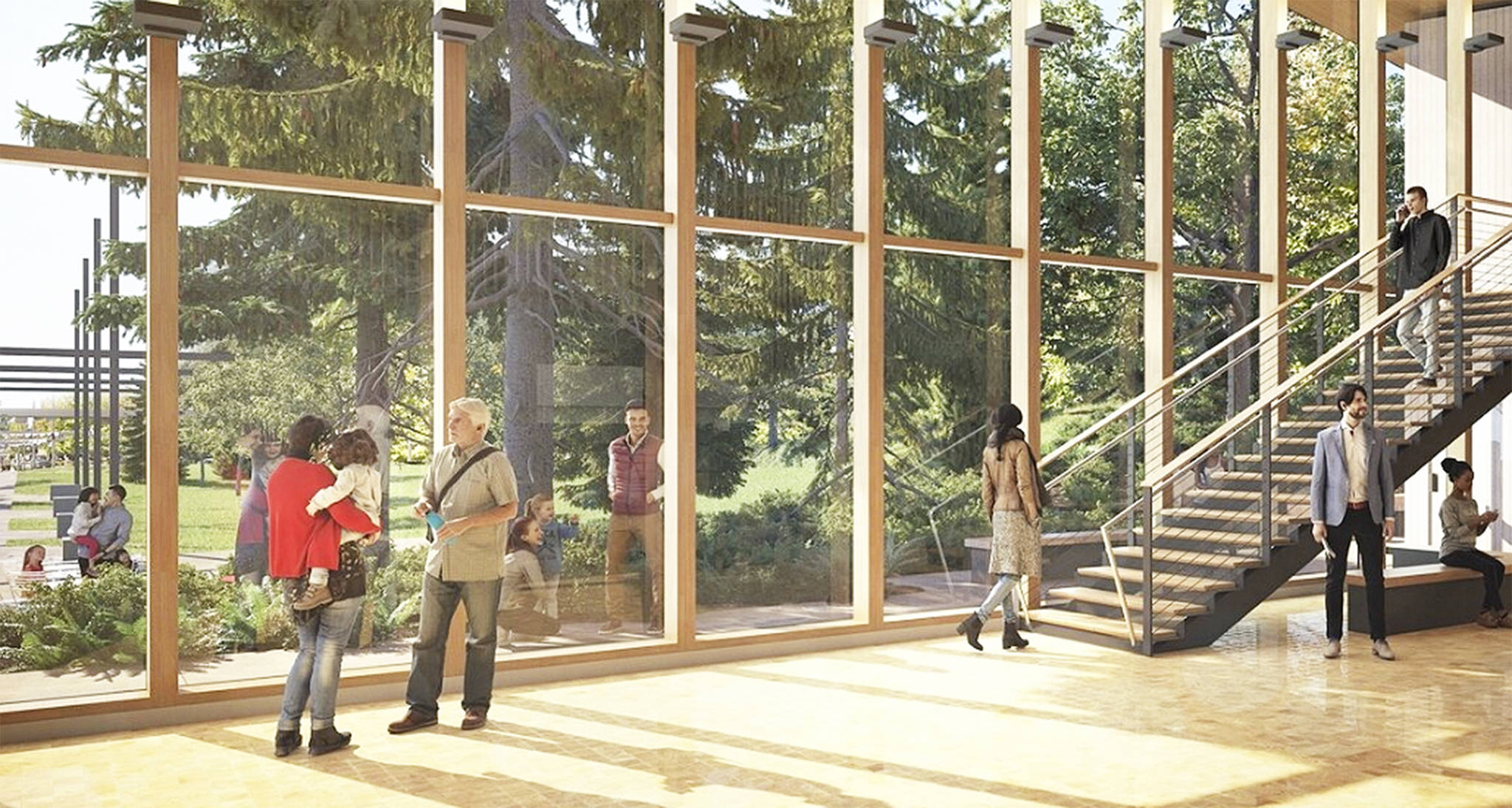The Buxton Center for Bainbridge Performing Arts has been selected to receive a $1.6 million grant from the state for its renovation project.
That brings BPA to within 90% of the $16.5 million needed for the remodel.
That “milestone gave the BPA board the confidence to green light the construction process,” said Debbie MacLeod, Campaign Steering Committee co-chair.
BPA is applying for a city building permit with the intention of breaking ground this fall, when it will begin a community-wide fund-raising effort.
“We still have over $1.5 million left to raise, which, by the way, is more than the current theater cost to build back in 1993,” MacLeod said, adding the campaign is still pursuing major gifts and corporate grants.
The state legislature approved the 2021-23 biennial capital budget bill, which includes funding for 21 projects approved by ArtsFund, which administers the program for the Department of Commerce. Building for the Arts was created by the legislature in 1991 to award grants to performing arts, art museums and cultural organizations for as much as 33% state match of project costs for acquisition, construction and/or major renovation of capital facilities.
The $16 million for this biennium includes 21 projects that span eight counties and 14 legislative districts statewide. The state’s investment in these local projects provides construction jobs, permanent arts-related jobs and improved quality of life for those communities.
BPA said the grant will help accelerate the proposed construction timeline, with an anticipated reopening in spring 2023. For details go to www.buxtoncenter.com.
BPA started a capital campaign to raise funds to remodel the building. Roof, siding and backstage interior work has been done during closures due to COVID-19 restrictions.
Improvements include new studio theater space, installing comfortable and more accessible multi-aisle seating, expanding the lobby and restrooms, adding a new roof with solar array, upgrading the box office and administrative offices, improving dressing rooms and HVAC systems, and even installing an elevator and upstairs landing, plus maintenance improvements – all designed to create the greenest, safest and best experience for performers, audiences and staff, the BPA website says.
The standalone studio will be used as a multipurpose space for classes, rehearsals, short-run performances and extended lobby space for large events. It will be available for rent. In the past BPA spaces have been used for medical trainings, corporate retreats, municipal hearings, religious celebrations, non-BPA classes, funerals, weddings, wine tastings, birthday parties and more.
MacLeod gave a number of reasons why BPA received the grant.
*Economic benefit: A study found that four counties surveyed, including Kitsap, generated $2.4 billion for the state’s economy and employed more than 35,000 people. While BPA represents only a part of that picture, the results verify that there are significant economic benefits from arts and theater groups.
*Benefit to stakeholders: One of the primary goals of the design changes is to better serve senior citizens and people with disabilities. Bainbridge has an aging population and that demographic is reflected in the type of individuals who attend BPA performances. The changes also will improve accessibility for those with disabilities, including some actors and musicians.
*Community partnerships: BPA has a long history of collaborating with other BI cultural and nonprofit organizations to broaden access to the arts and humanities.
BPA also showed financial and organizational stability, listed the sources of funding to date and explained the plan for the successful operation after completion of the project.



